10 Best Exynos Processors (SoC) in 2025
Exynos is the name of an SoC (System on a Chip) or chipset developed directly by Samsung Semiconductor. Exynos is mostly used in Samsung mobile phones. However, some other vendors also use this chipset.
Exynos arrived in 2010 with its first product, the Exynos 3. This chipset was first used in the earliest generation of Samsung Galaxy S devices. In 2011, there was the Exynos 4210 used in the Samsung Galaxy SII. And so, Samsung's development of Exynos continues.
Exynos has quite complicated naming. The naming and levels of Exynos chipsets are difficult to categorise because Samsung does not simplify the chipset product line directly.
The naming structure of this chipset is ‘Exynos’ followed by three or four numbers. However, Samsung has never provided guidelines on how to identify Exynos chipsets based on the numbers listed in the name.
For those of you who are choosing a phone with an Exynos chipset, in this post, we will provide you a guide to the list of the best Exynos chipsets that you can choose.
1. Exynos 2500
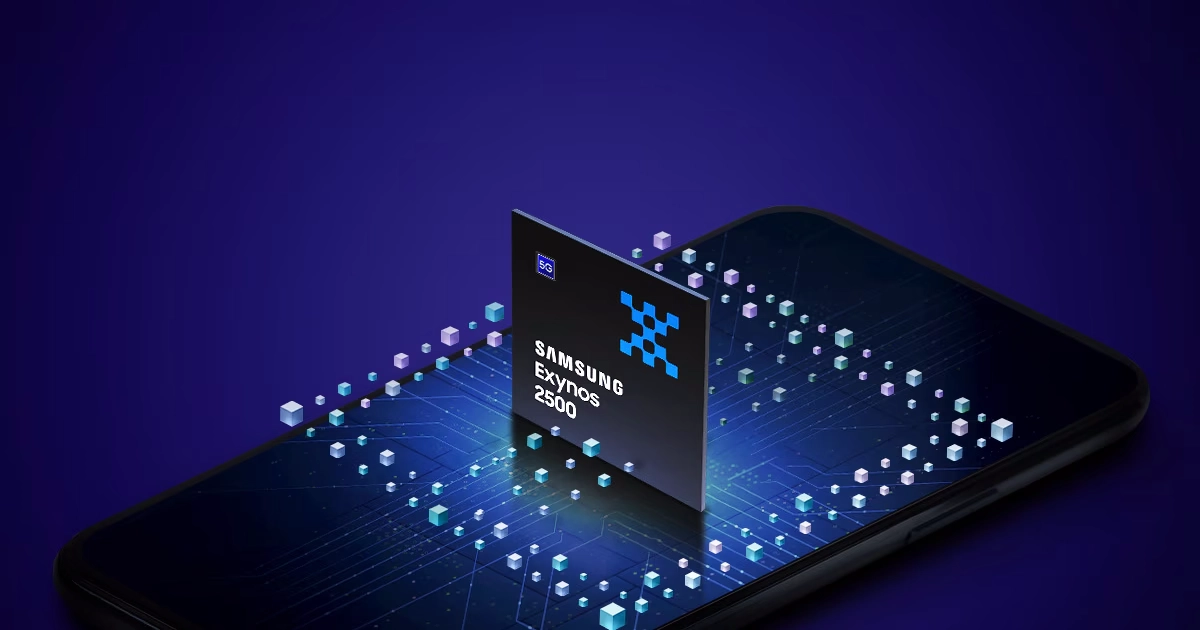
Exynos 2500 is Samsung's flagship chipset released in 2025. It is built with 3 nm GAA fabrication technology. Its CPU has 10 cores (deca-core) with a unique configuration of 1+7+2.
This means there is 1 ultra-performance Cortex-X9 core clocked up to ~3.3 GHz, 7 high-performance Cortex-A7xx cores (subdivided into frequency clusters), and 2 high-efficiency Cortex-A520 cores. This combination makes the Exynos 2500 very strong in multitasking.
This chipset uses the 4th generation Xclipse 950 GPU, a collaboration between Samsung and AMD. The speed is around 1.3 GHz with more computing units. Samsung claims this GPU supports smooth ray tracing hardware on mobile.
For AI needs, there is a built-in NPU (Neural Processing Unit) with a power of up to 56 TOPS (trillion operations per second). This means AI tasks such as smart cameras, voice assistants, and more can be processed super fast directly on the device.
The Exynos 2500 also supports screen resolutions up to 4K@120Hz, video recording up to 8K@30fps, and even 8K@60fps playback. The camera capabilities are also outstanding as it supports single sensors up to 320 MP.
2. Exynos 2400

The Exynos 2400 is the brains behind the Samsung Galaxy S24 and Galaxy S24+ marketed in some countries, while other countries such as the US, Canada, China, Taiwan, and Hong Kong got the Galaxy S24 and Galaxy S24+ with the Snapdragon 8 Gen 3 chipset.
This chipset offers 10 processor cores. Those 10 cores consist of one Cortex X4 prime unit (3.21 GHz), five Cortex A720 cores (two units at 2.9 GHz and three units at 2.6 GHz), and four Cortex A520 cores (2 GHz).
The GPU it uses is the Samsung Xclipse 940 (six cores) with speeds up to 1,009 MHz. This is the second GPU from Samsung and AMD's collaboration. The Xclipse 940 is designed based on AMD RDNA 3 technology, which supports ray tracing features.
Previously, Samsung and AMD's collaboration resulted in the Xclipse 920 GPU used in the Exynos 2200. Samsung claims that the CPU and GPU capabilities of the Exynos 2400 are improved over its predecessor.
What Samsung is highlighting from this 4 nm chipset is its AI capability. The NPU component, which powers AI processing, is claimed to have increased up to 14.7 times.
This increase in AI capability is important because the Galaxy S24 and Galaxy S24+ carry many features that utilise AI. These features include Live Translate, Circle to Search, Chat Assist, and Generative Photo.
3. Exynos 2400e
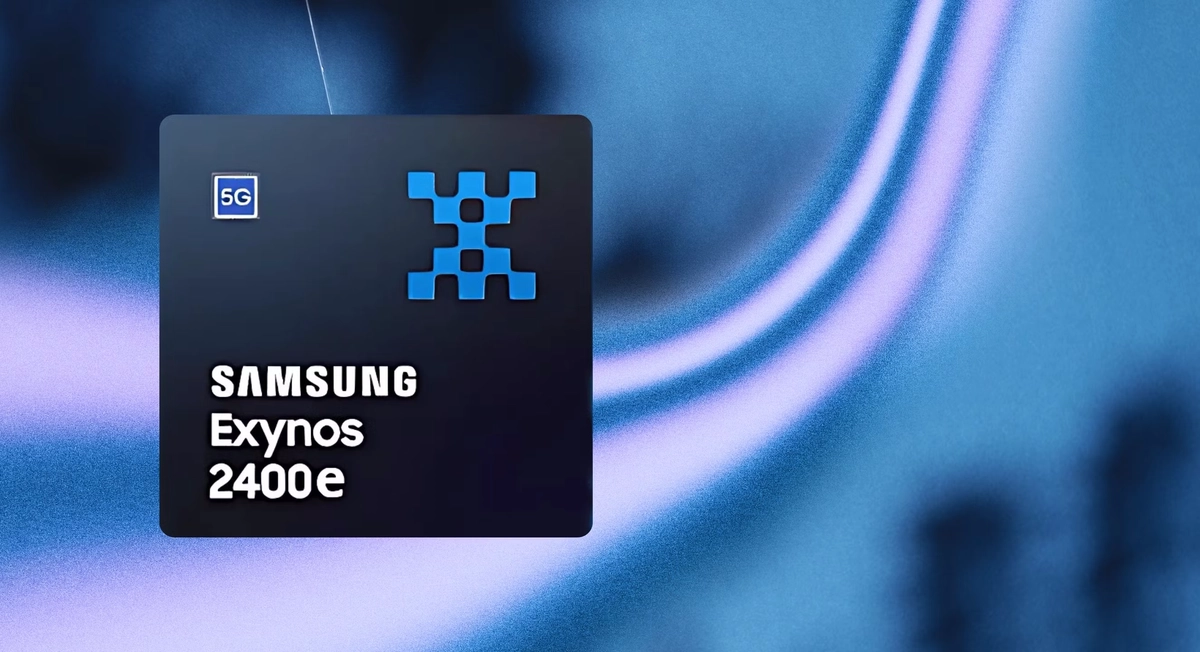
Exynos 2400e is just another version of the Exynos 2400. This chipset is used in the Samsung Galaxy S24 FE. It still uses 10 CPU cores but with a slightly different configuration.
The ten CPU cores are 1 Cortex-X4 core at 3110 MHz, 2 Cortex-A720 cores at 2900 MHz, 3 Cortex-A720 cores at 2590 MHz, and 4 Cortex-A520 cores at 1960 MHz.
In the GPU sector, the Exynos 2400e also uses the Samsung Xclipse 940, so its graphics performance is not much different from the Exynos 2400.
According to some tests with AnTuTu v10, this chipset scores 1,781,567. Meanwhile, its single-core and multi-core scores on Geekbench 6 are 2099 and 6414.
4. Exynos 2200
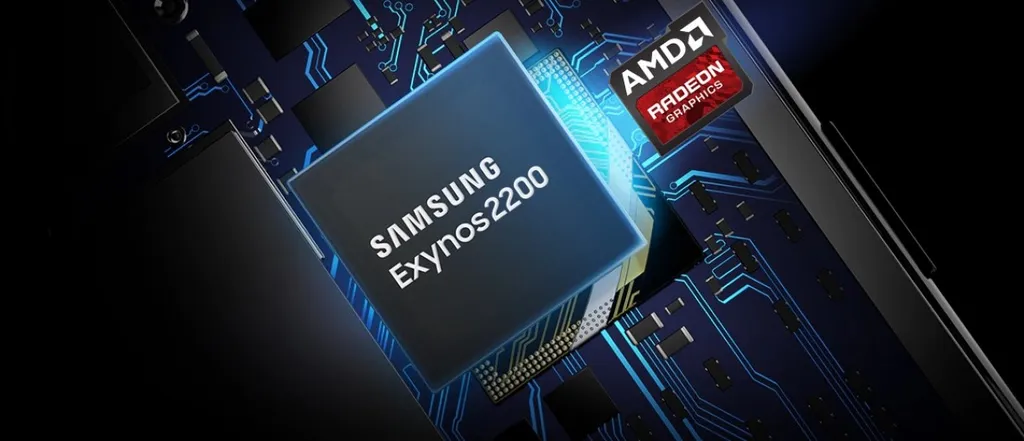
The Exynos 2200 is the successor to the Exynos 2100. It is built with a 4 nm fabrication process using Extreme Ultra Violet (EUV) technology. This chipset was developed by Samsung in collaboration with AMD.
Its 8-core CPU configuration consists of 1 high-performance Cortex-X2 core (~2.8 GHz), 3 Cortex-A710 cores for medium performance (~2.5 GHz), and 4 efficiency Cortex-A510 cores (~1.8 GHz). This configuration is similar to the Snapdragon 8 Gen 1.
AMD also includes a GPU in this chipset called the Xclipse 920. This GPU uses RDNA 2 architecture, the same as in the PS5 and Xbox Series X. In addition, it is equipped with hardware-accelerated ray tracing and variable rate shading.
The Exynos 2200 supports cameras up to 200 MP, 8K@24fps, 4K@120fps recording, and all the features of Samsung's flagship cameras. The ISP and NPU are upgraded from the 2100, so AI processing in night mode photos and scene recognition is better.
The 5G modem is also integrated with mmWave and sub-6 support that allows peak speeds of about 7.35 Gbps. In addition, the Exynos 2200 is one of the first chips with ARMv9 cores that bring new security and DSP features.
5. Exynos 1580

The Exynos 1580 first arrived in the fourth quarter of 2024. This chipset powers the Samsung Galaxy A56 5G. This SoC, produced with 4 nm fabrication, is intended for Samsung's mid-range smartphone lineup.
It uses 8 CPU cores with a configuration of 1 Cortex-A720 core at 2900 MHz, 3 Cortex-A720 cores at 2600 MHz, and 4 Cortex-A520 cores at 1950 MHz. For the GPU, the Exynos 1580 uses the Samsung Xclipse 540.
The Exynos 1580 also supports LPDDR5 RAM and UFS 3.1 storage. It supports cameras up to 200 MP resolution and can record videos up to 4K 60 FPS.
In some tests, the Exynos 1580 scored 903,759 on AnTuTu v10. Its single-core and multi-core scores on Geekbench v6 were 1360 and 3893.
6. Exynos 2100
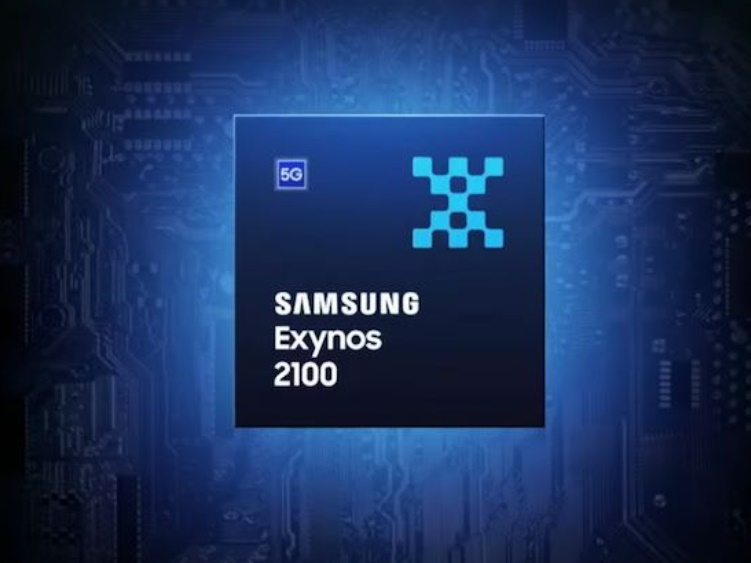
The Exynos 2100 powers the Samsung Galaxy S21, S21 Plus, and S21 Ultra. This chipset is built with Samsung's 5 nm EUV fabrication process. Many praised its performance for being fast, stable, and not making the phone body heat up.
The chipset, which already supports 5G networks, comes with eight cores divided into three clusters. The first is two Cortex-A78 processors at 2.8 GHz for performance needs, one Cortex-X1 core at 2.9 GHz for maximum performance, and four Cortex-A55 processors at 2.2 GHz.
For the graphics processor, it uses the ARM Mali-G78 MP14, which is clearly better than the previous generation Mali GPU.
An interesting feature of the Exynos 2100 is its support for cameras with resolutions up to 200 MP. This is great because the Exynos 2100 was the first chipset to support 200 MP photos. On AnTuTu version 9, the Exynos 2100 scored around 750,000.
7. Exynos 1480
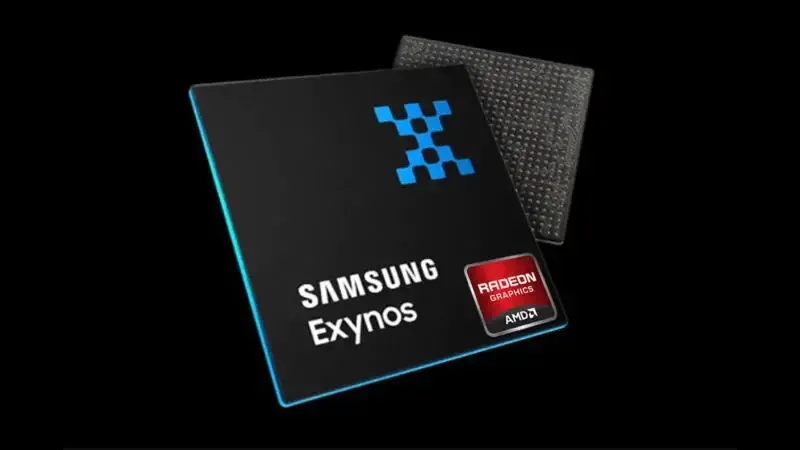
The Exynos 1480 made its debut in the Samsung Galaxy A55. This SoC is manufactured with Samsung’s 4 nm fabrication process. It has an eight-core CPU with four Cortex-A78 performance cores (2.75 GHz) and four Cortex-A55 efficiency cores (2.05 GHz).
The CPU arrangement is the same as the Exynos 1380, with only the clock speed increased. This may be why the Exynos 1480’s CPU score did not improve significantly compared to its predecessor, even though it is already quite high.
The Exynos 1480 records a single-core score of 1127 and a multi-core score of 3090. For comparison, the Exynos 1380 powering the Galaxy A54 scored 1108 and 2797 in similar tests.
The surprising part is the GPU. Instead of using ARM’s built-in Mali, Samsung equipped the Exynos 1480 with the Xclipse 530 GPU.
This self-developed GPU is the result of Samsung’s collaboration with AMD. Built on RDNA2 architecture, the Xclipse 530 supports ray tracing features. The Exynos 1480 also became Samsung's first mid-range SoC to include this capability.
8. Exynos 990

The Exynos 990 is a high-end chipset from Samsung. It is built with a 7 nm EUV (Extreme Ultraviolet Lithography) fabrication process. Inside, there are three CPU clusters consisting of 2 high-performance ARM Cortex-A76 cores, 4 ARM Cortex-A55 efficiency cores, and 2 custom Exynos M5 cores.
The Exynos 990 is claimed to be 20% faster than its predecessor, the Exynos 9825. It also comes with on-device AI capabilities powered by a dual-core NPU (Neural Processing Unit) and an ISP that supports up to 6 image sensors.
In addition, the Exynos 990 integrates the 5G Exynos Modem 5123 to support 5G networks, although in some countries the feature is not enabled.
9. Exynos 1380

The main source of power for the Samsung Galaxy A54 5G is the Exynos 1380. This SoC, built with 5 nm EUV fabrication, is an upgrade from the Exynos 1280. Compared to its predecessor, the Exynos 1380 has more CPU performance cores (four cores) as well as a better GPU.
The CPU line-up consists of four Cortex-A78 cores (2.4 GHz) and four Cortex-A55 cores (2.0 GHz). The GPU used is the five-core Mali-G68 with a frequency of up to 950 MHz. Samsung made this upgrade because many users complained that the Exynos 1280’s performance was below expectations, especially when running games.
Other components that received upgrades are the AI processor (NPU) and ISP. The SoC’s NPU is capable of processing at a speed of 4.9 trillion operations per second. Meanwhile, the ISP supports cameras up to 200 MP.
The Exynos 1380 in the Galaxy A54 scored 504,935 on AnTuTu 9. On Geekbench 5, the CPU’s single-core score was 769, while its multi-core score was 2665.
10. Exynos 9825
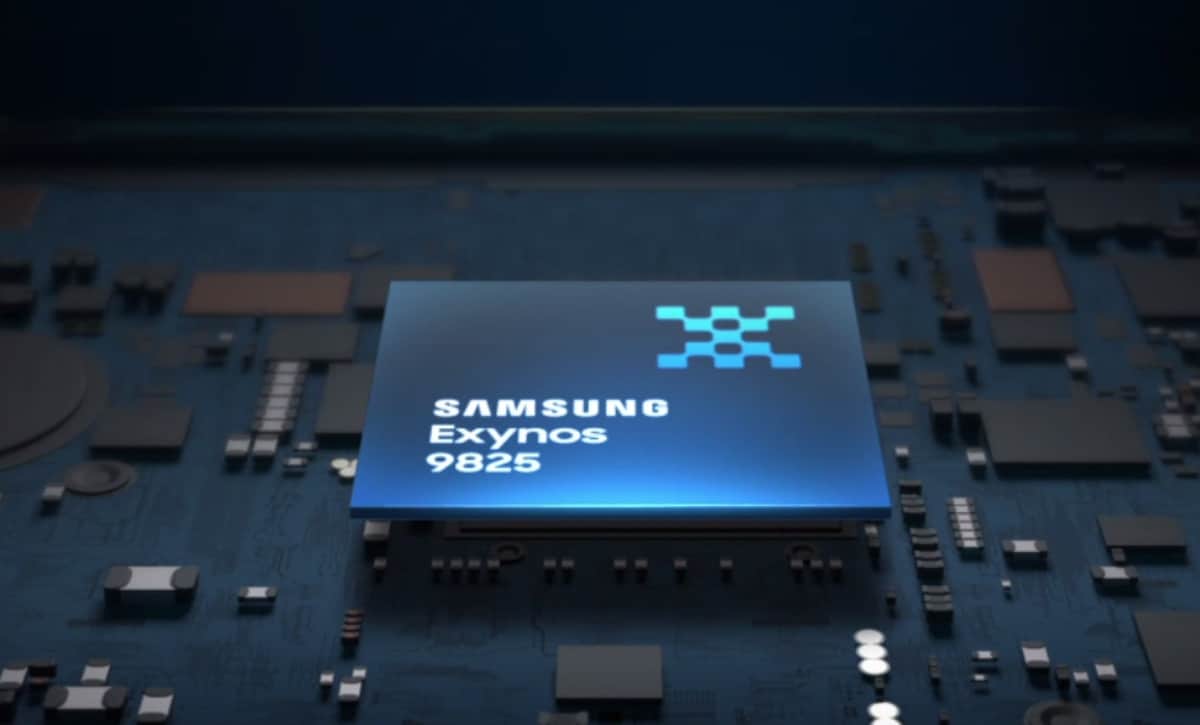
The Exynos 9825 is a chipset built with 7 nm EUV fabrication. It is essentially an improved version of the Exynos 9820 (Galaxy S10) with a newer fabrication process. The Exynos 9825 is noted as the first mobile chip made with 7 nm EUV technology.
It comes with three processor clusters. The first cluster is Samsung’s custom M4 with 2 cores at 2.73 GHz. The second cluster has 2 Cortex-A75 cores at 2.4 GHz, and the third cluster has 4 Cortex-A55 cores at 1.95 GHz.
The GPU used is the Mali-G76 MP12, the same as in the Exynos 9820. The difference is that in the 9820 the GPU operated at a slightly lower frequency due to the 8 nm process limitation, while in the 9825 it can run at full capacity. Samsung claims the Mali-G76 MP12 GPU has 33% more execution engines than the previous generation.
The Exynos 9825 also supports display resolutions up to 4K UHD and WQUXGA, plus HDR10+. For cameras, it supports dual 16 MP + 16 MP resolution or a single 22 MP sensor (triple-ISP dual camera).
So, that’s the explanation of the best Exynos chipsets today! Judging from the list, most Exynos chipsets are intended for high-end smartphones. However, it is not impossible that in the future, Exynos will expand further into mid-range and entry-level phones.
